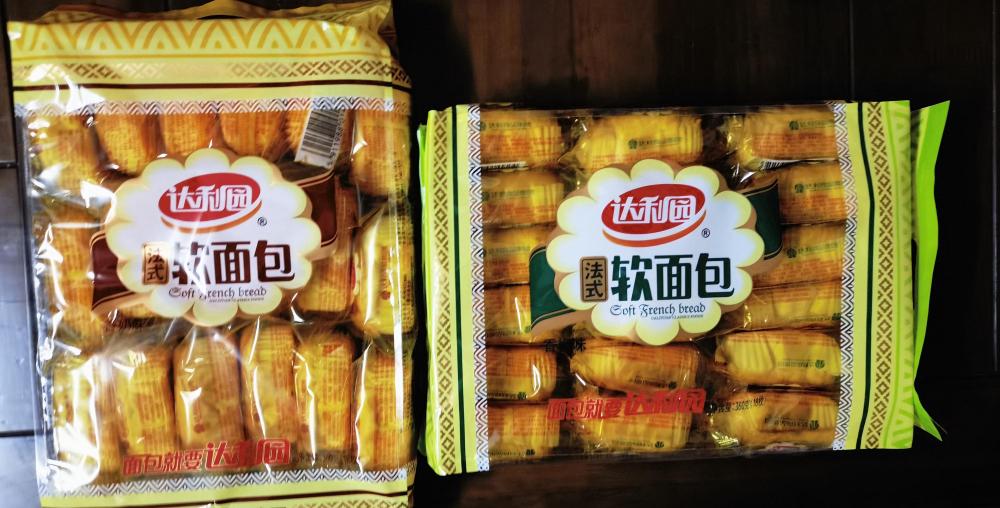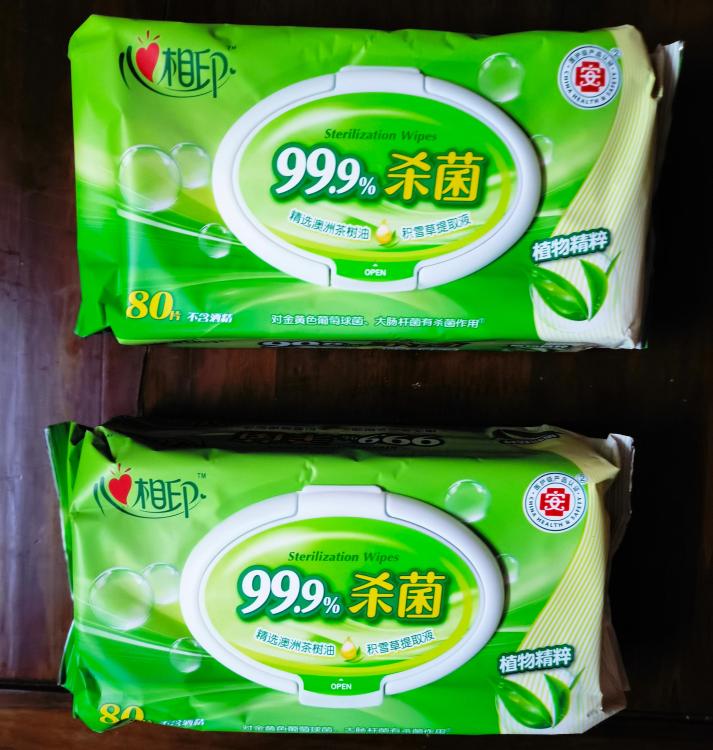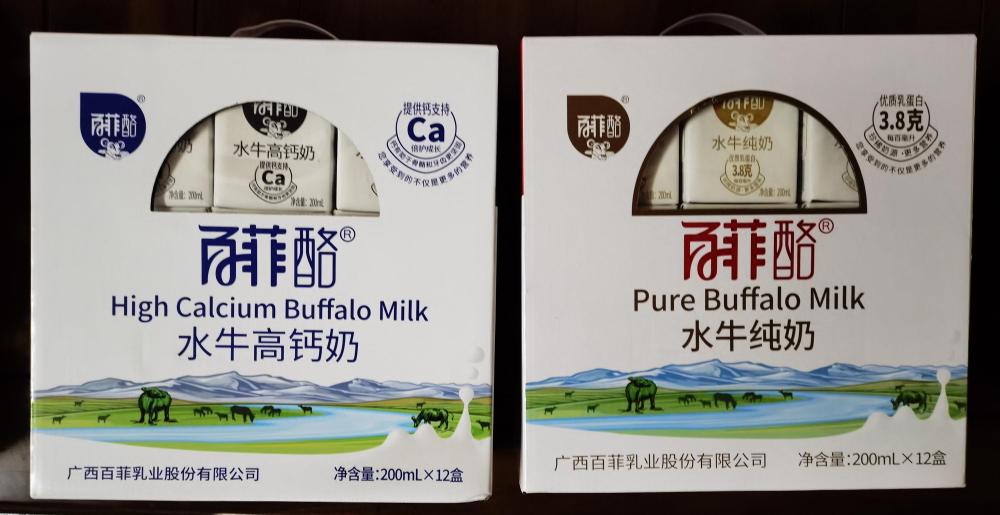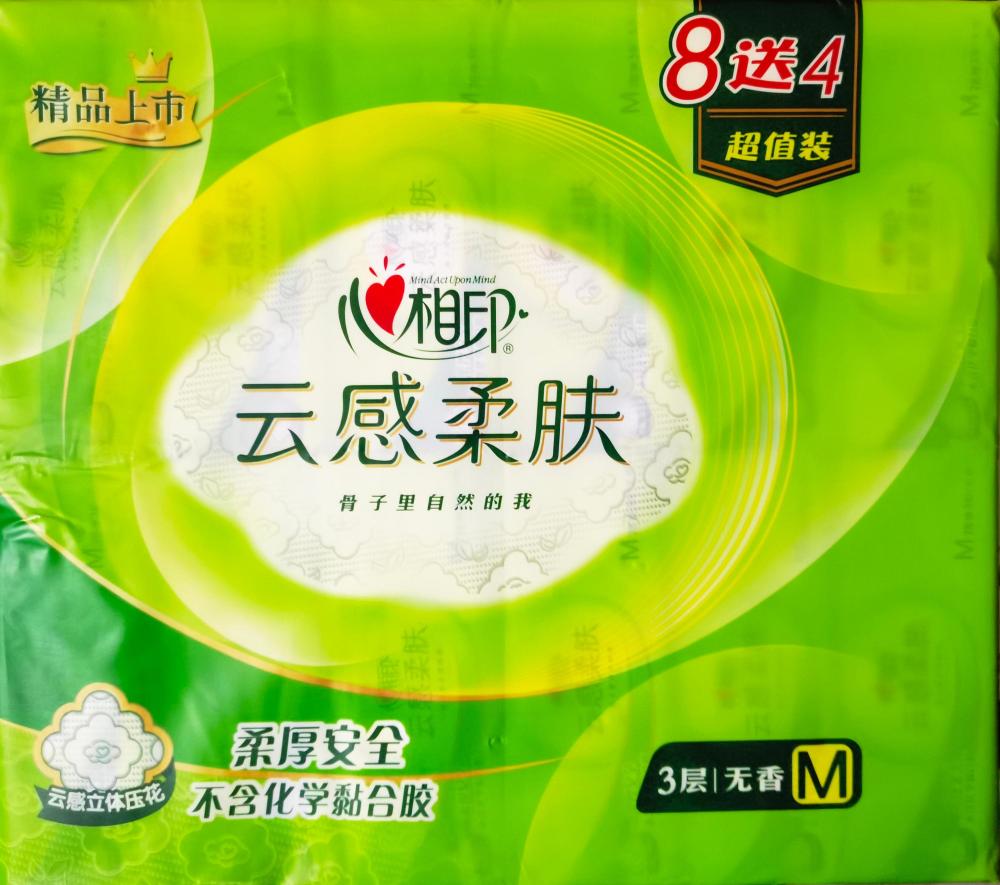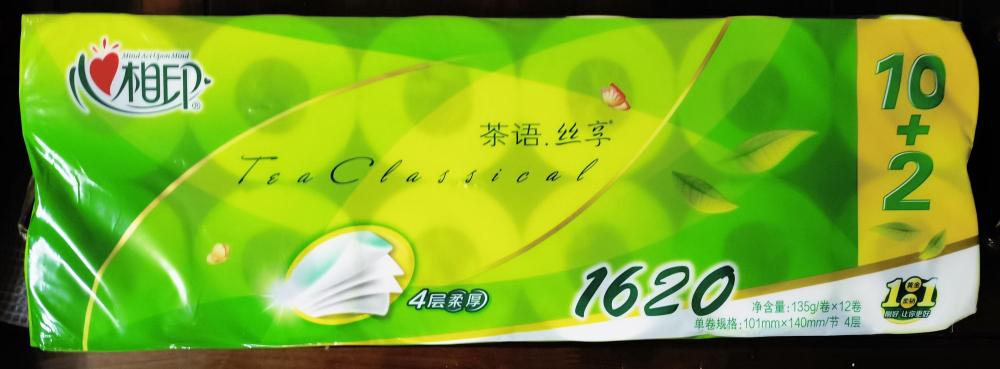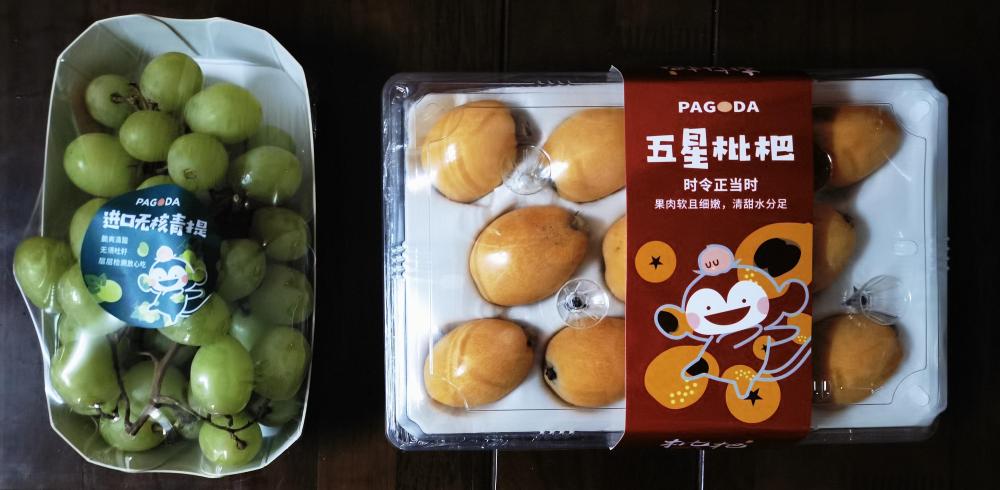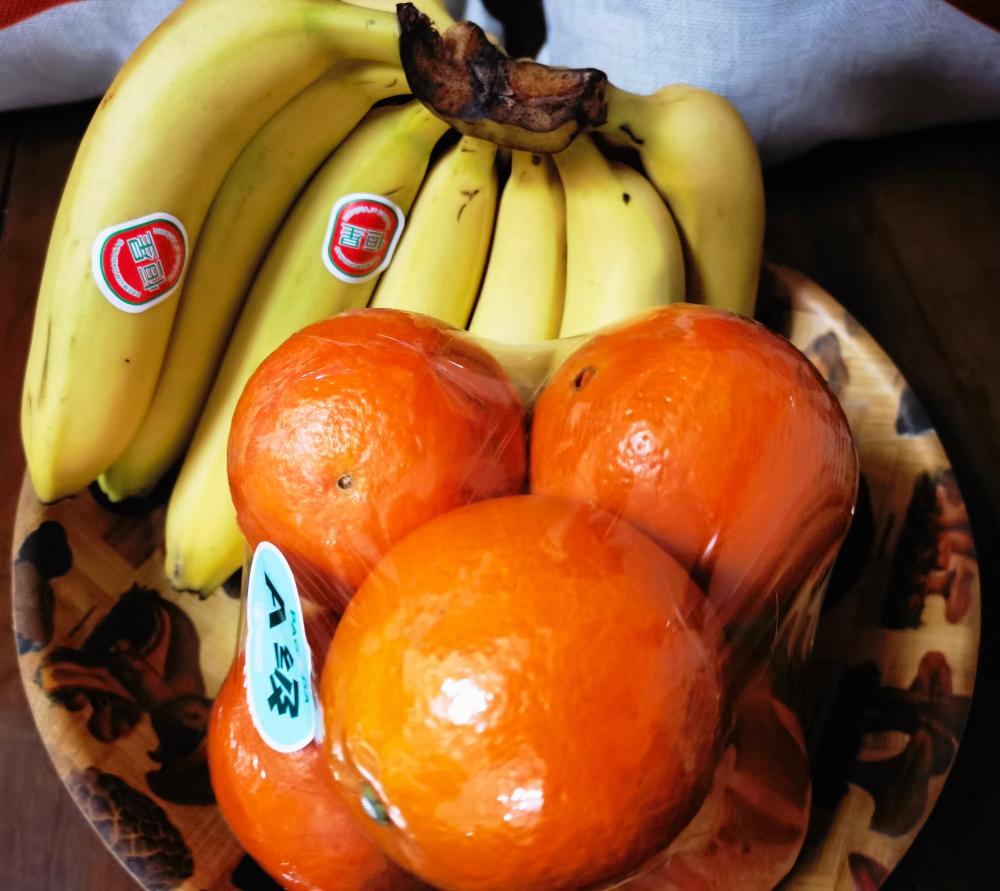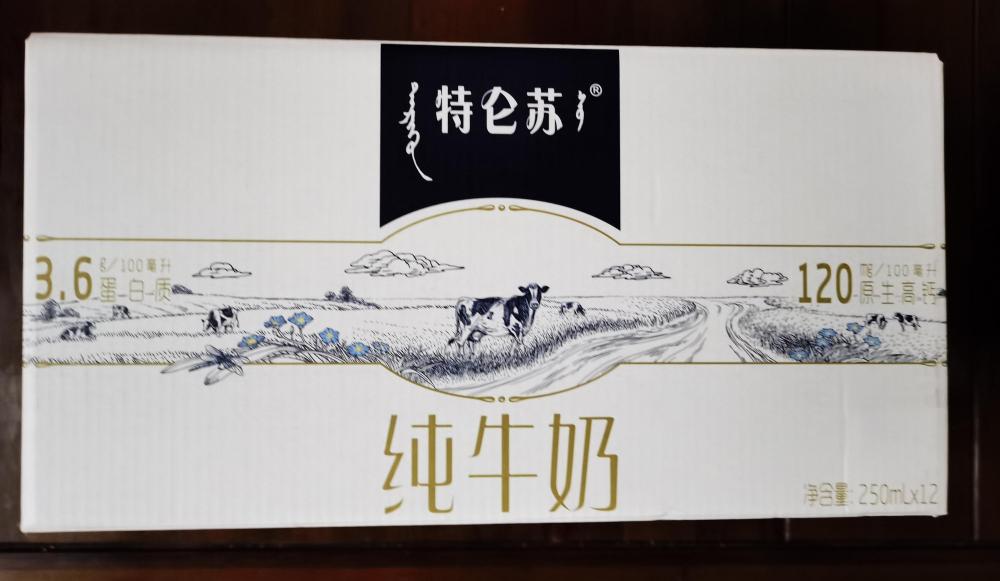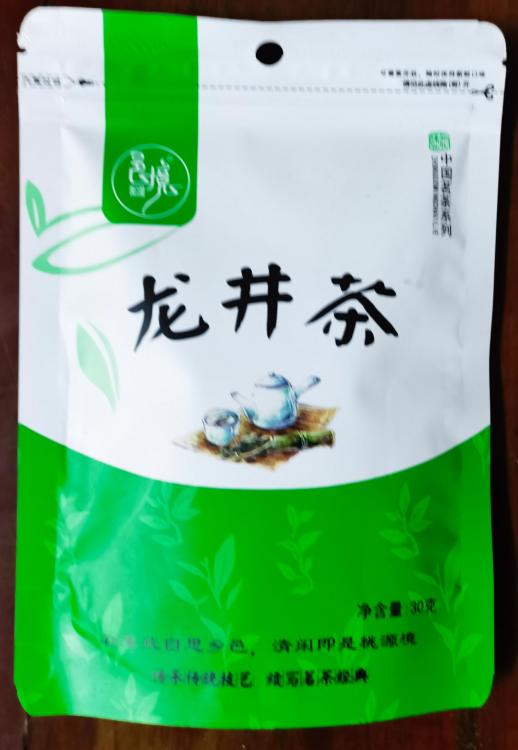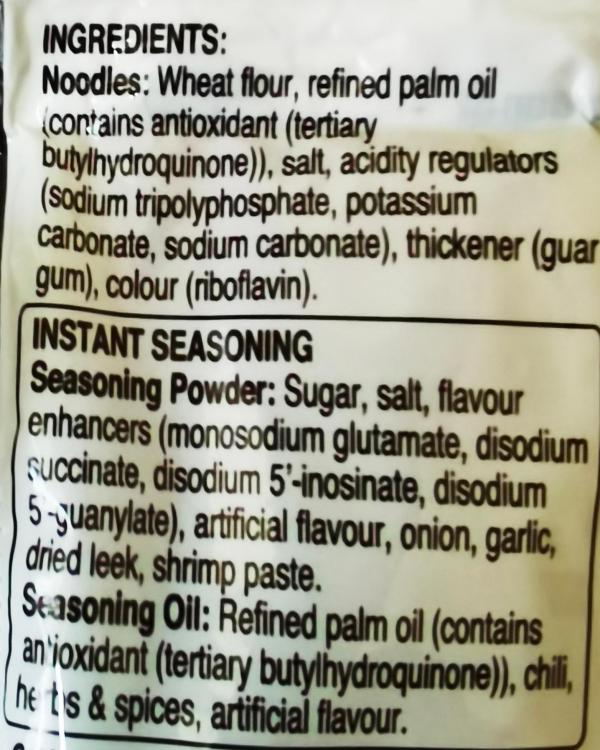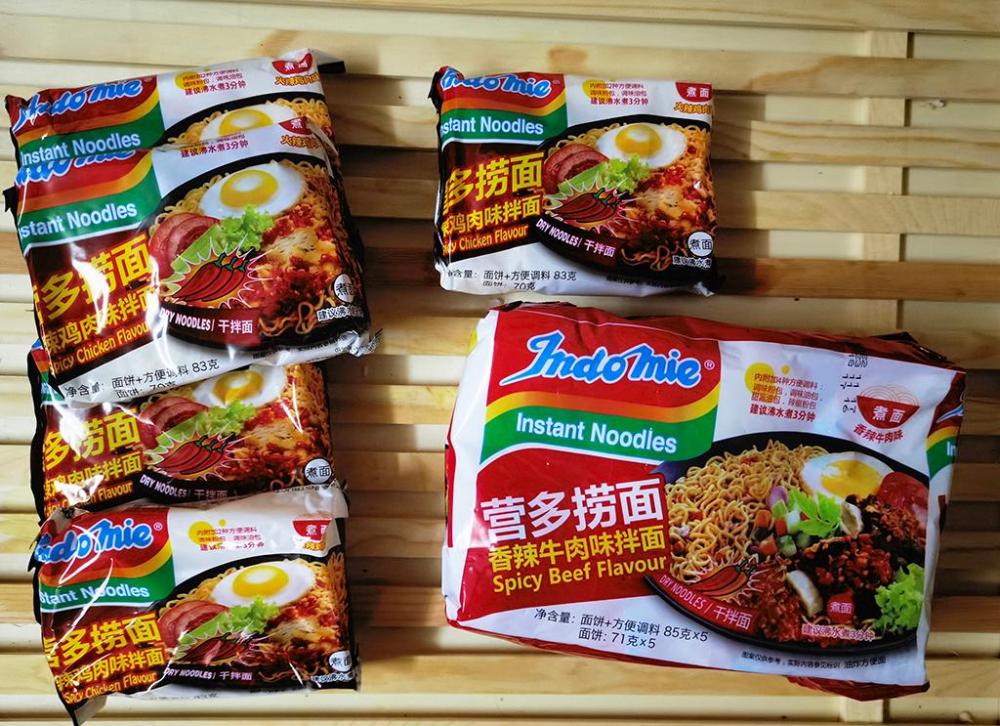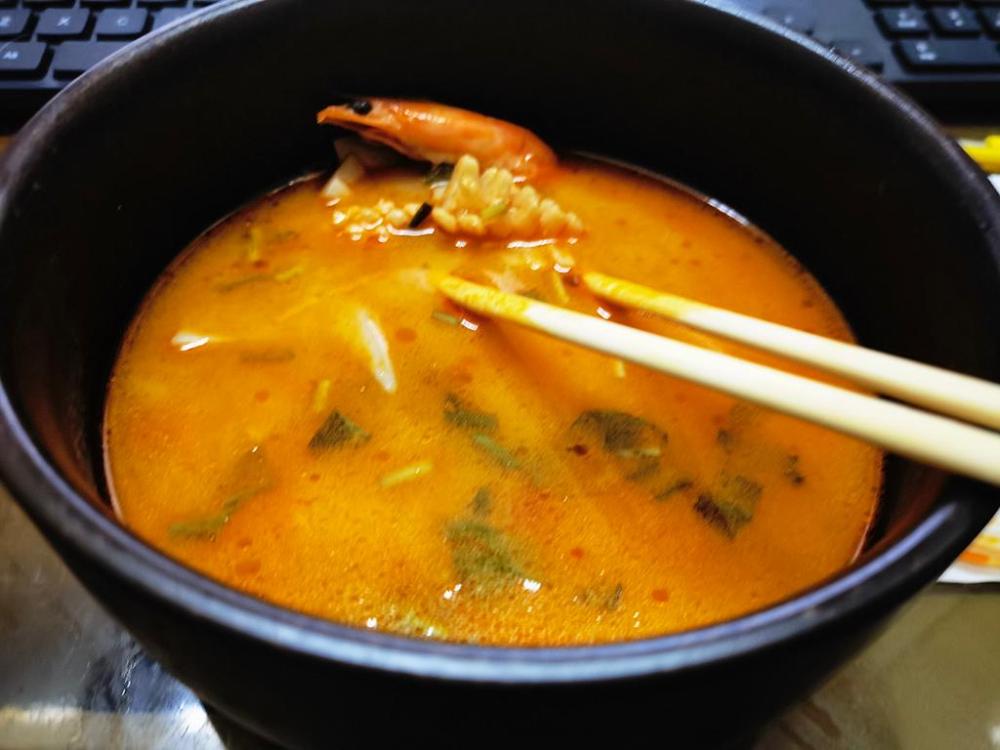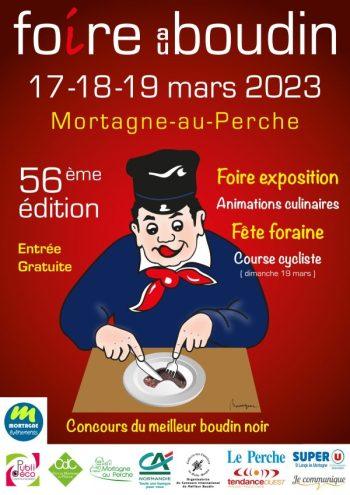-
Posts
16,675 -
Joined
-
Last visited
Content Type
Profiles
Forums
Store
Help Articles
Everything posted by liuzhou
-
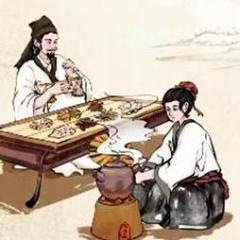
Pronunciation of culinary/food-related terms: Why do it wrong?
liuzhou replied to a topic in Food Traditions & Culture
I heard someone pronounce almond as you describe, just today. I was going to post about it but you beat me. How common is it? I've heard it in England, too. -
铁观音 (Simplified Chinese) / 鐵觀音 (Traditional Chinese) (tiě guān yīn in the Mandarin spoken where it is grown in Fujian province) is neither classified as green tea (绿茶 / 綠茶 - lǜ chá) or red (红茶 / 紅茶 - hóng chá), but as a category of its own - 乌龙茶 / 烏龍茶 - wū lóng chá, literally dark dragon tea and known in the west as Oolong tea. It is considered to be a superior oolong by most people. Oolong is also produced in other parts of China but can only be called tiě guān yīn if it comes from Fujian. In terms of fermentation, it lies between green and red (black), being only fermented around half as long as true red teas. 龙井茶 / 龍井茶 (lóng jǐng chá) is a green tea grown in Zhejiang province only and also has strictly enforced protected origin status.
-
I don't know what I've done to deserve all these unexpecteds in one week. A week or so ago I bought a can of smoked oysters online and they came with a complimentary bag of seaweed. I really enjoyed them so ordered five more. This time no seaweed*, but a dedicated oyster fork. It's 13 cm / 5¼ inches nosr to tail. For scale *Lack of seaweed is probably a blessing. I have a lot in the fridge alreadt.
-
I am officially so, but then I'm almost the only one here. Certainly the only one who has been here more than two years. I'm on 27 years now. I think I only got it for turning up. It's actually almost meaningless apart from gifts of toilet paper.
-
'Bake' has been used as a noun for around 500 years, so I don't think it's going anywhere. What about a clam bake?
-
Strangely enough, Worcestershire sauce was taken on board in a big way in Shanghai back in the 1930s and is still part of Chinese cuisine to the extent that both the original and a Chinese clone are widely available. Rather sensibly, they generally just sinified Lea and Perrins which they could approximate in Chinese characters. The full name used is 李派林喼汁 (lǐ pài lín jié zhī) which is used to mean 'Lea and Perrin's ketchup' but is pretty meaningless, really. The name must have been dreamt up in Hong Kong as that 喼 (jié) character only exists in Hong Kong; not in Mandarin, the majority language.
-

Pronunciation of culinary/food-related terms: Why do it wrong?
liuzhou replied to a topic in Food Traditions & Culture
As it does me. -
I thought the same. Here is one cut open. I think still a little unripe and needing a few days on the kitchen counter. I'm more used to the much smaller (about ¼ of their size or less) and more common dried mainly red variety.
-

Pronunciation of culinary/food-related terms: Why do it wrong?
liuzhou replied to a topic in Food Traditions & Culture
Reviving another language topic. Recently I've heard several people pronounce 'salmon' with an audible /l/'. All my sources agree the /l/ is silent. It doesn't seem to be specific to any particular region. Thoughts? -
I'm very late to this party (to which I issued the invites), but I just noticed this while searching for something else. Moreish is NOT really British. Coined by the very Irish Jonathan Swift in 1738. Yes the Gulliver's Travels man. The meaning was clear then and still is. Swift was a noted conservative about language, too and wrote about banning many words no one now thinks twice about.
-
These are fresh 大青枣 (dà qīng zǎo) or Large Green Jujubes (aka Chinese Dates), Ziziphus jujuba. About the size of a small apple, they are the only fruit I can think of that the Chinese eat unpeeled.
-
Every year since 2001, Liuzhou local government have given me a gift of 5 litres of peanut oil and 10 kg of rice, in recognition of my status as an honorary citizen of the city. This year they made some changes. This morning, four people from said government arrived at my apartment bearing gifts. They had customised the choice to my appetite and needs as they see them. Grapes Loquats 大青枣 (dà qīng zǎo) or Large Green Jujubes (aka Chinese Dates) Regular Cow's Milk Tissues Toilet Paper Much more useful. I already have sacks of rice and bottles of oil.
- 667 replies
-
- 13
-

-
-
I'm sorry but phở is not ramen. Phở is made with rice noodles; ramen with wheat noodles, rarely if ever with rice noodles. Also like ramen, phở is the dish, not the noodles. The noodles are bánh phở.
-
I guessed but I'm a bit surprised about one thing. Mi goreng is fried noodles; no frying in those instructions. Are they pre-fried and then dried or are they just using a well-known, if sometimes misunderstood 'exotic' name? I'll pick up a pack and try them out some time.
-
The ingredients list sounds really appetising! This is from the "chicken" variety. Not a drop of chicken in them.
-
No, they aren't soupy. They require 3 mins simmering, then are drained and mixed with the seasoning sachet contents on a plate. In addition to these two, I also get the mi goreng in two versions: spicy and not so spicy.
-
Indonesian Noodles I ate these at a friend's house last summer (she is no cook) and thought they were good for the genre. Bought two packs of 5. I opened the chicken variety first.
-
I had read the article before I did the post on lungs, but didn't mention it for exactly that reason.
-
I am only going by what the article you linked to as quoted by @Anna Nsays. Of course I know it couldn't have happened the way they describe. When an article is so badly written, I tend to dismiss anything and everything it says.
-
Either way, the rule's proposal preceded the study which, according to the article, prompted the rule.
-
Ordered delivery food from a local Thai place. Not up to cooking tonight. Described by them as Tom Yum soup, Thai garlic pork ribs, pineapple and crab fried rice, stir-fried cabbage. The soup was good. The ribs were meaty and garlicky. The rice was OK, but no trace of crab taste and absolutely no discernable pineapple. It did have prawns, cashew nuts and a pork floss garnish, though. Tom Yum Soup Garlic Ribs Thai Fried Rice Cabbage All edible but underwhelming.
-
I can't make it this year, but if anyone is in the area, I recommend this (in French). It will be bloody good!
-
General Tso's Chicken was invented in America. Few people in China have even heard of it.


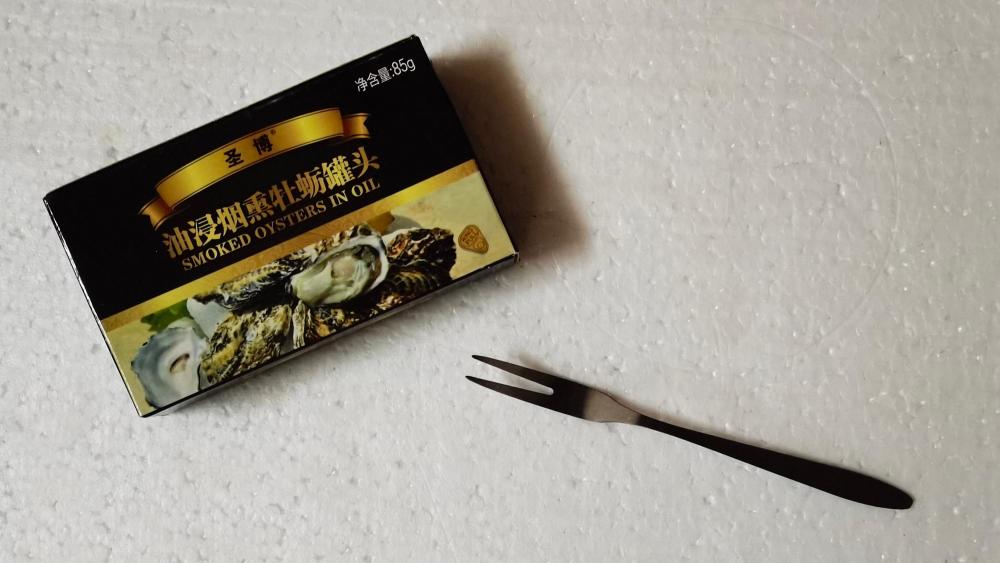
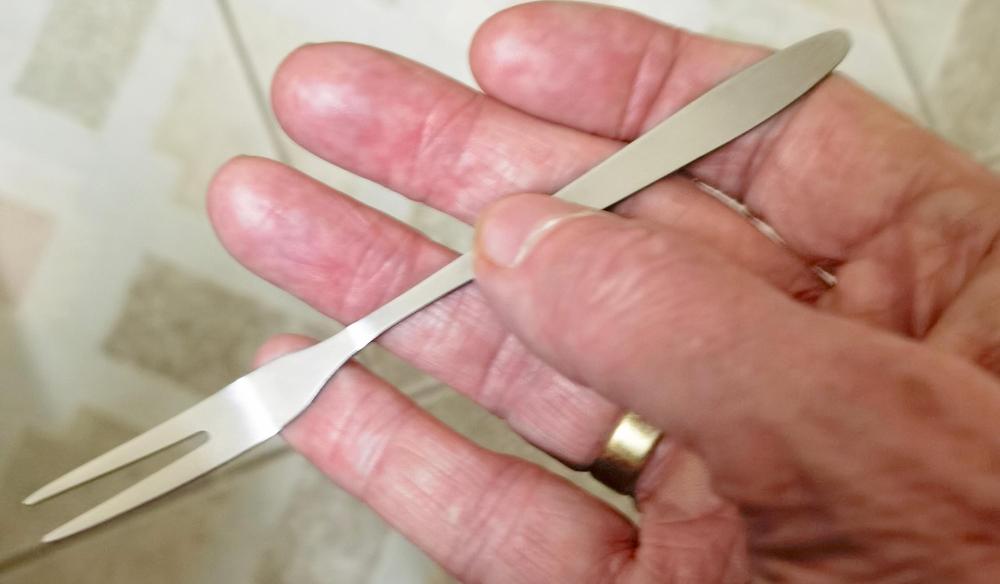


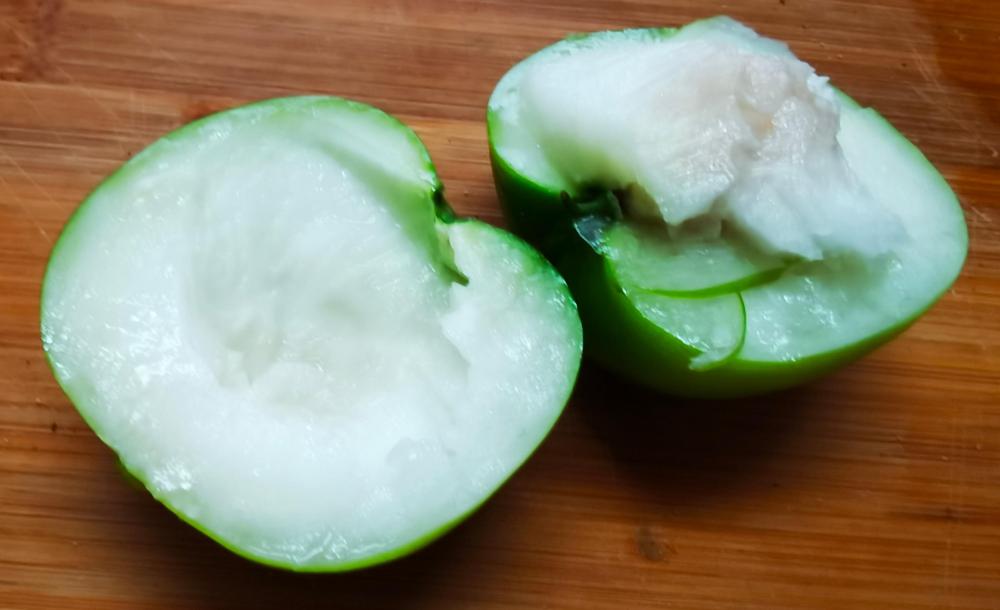
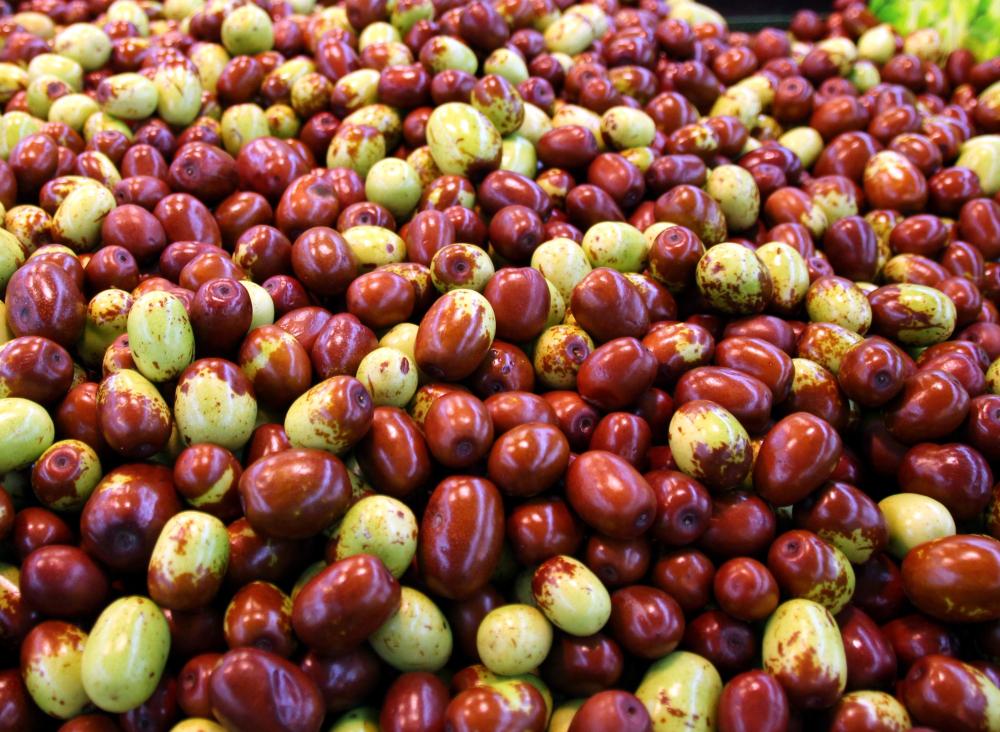


orLargeGreenJujubeDates.thumb.jpg.e90b381c32d550291d677d80ead98dcf.jpg)

